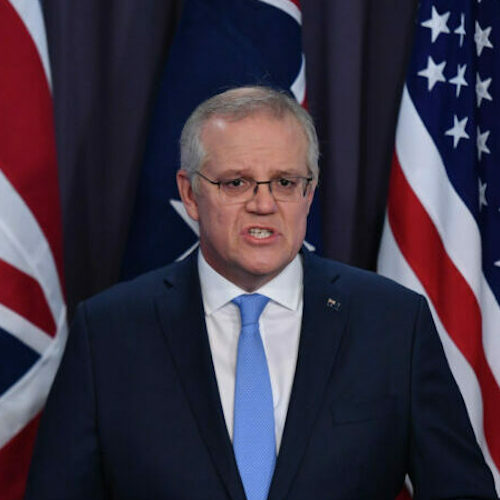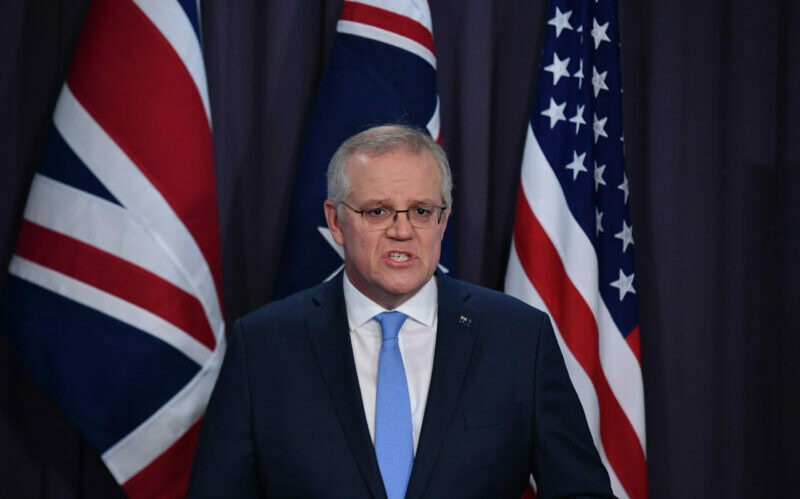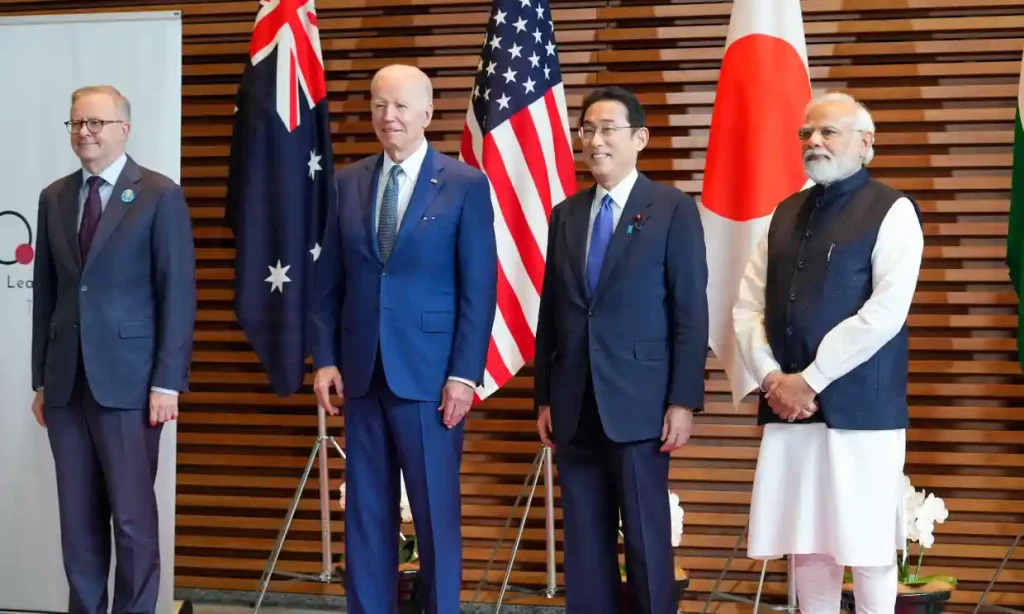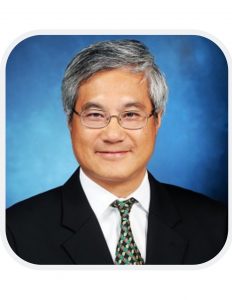Both AUKUS and its closely related counterpart, the Quad, have been viewed as a means of strengthening US regional ties and capacity to supposedly contain China’s maritime presence. In making sense of American strategy in the Indo-Pacific region, we must turn, briefly, to history.
The term “Indo-Pacific” was first coined in the 1920s by Karl Haushofer, a German army officer, intellectual and writer who sought to frame India and China as anti-colonial partners to Germany in its resistance efforts against Western Europe and the U.S. Despite occupying a significant share of the planet’s population, India and China were portrayed largely as passive instruments in the struggle for global domination between Germany and the rest of Europe. One should not forget, given the historical origins of these terms, the racist nature of the sentiments they embody.
The term was subsequently picked up by senior leaders in Japan and the US as a discursive motif highlighting the alleged stakes and interests these respective countries have in the Indian and Pacific Oceans. Through amalgamating the Indian and Pacific geopolitical spheres, “Indo-Pacific” subtly provides the legitimation basis for proposals that seek to constrain China’s actions in the region, while lending a veneer of natural credibility to alliances such as the Quad.
The past decade has seen a precipitous increase in the frequency of references to the “Indo-Pacific” in Western geopolitical discourse. Indeed, under President Donald Trump’s recent tenure, the term was brandished as both a threat and signal of the US commitment to marginalizing and excluding China from the global stage. China is portrayed as the natural enemy that binds together non-Chinese countries in the Indo-Pacific, even though the reality is far more complex.
This was where the Quad came in, first proposed in 2007 by Japan’s then-prime minister Shinzo Abe as a strategic dialogue between Japan, the US, India and Australia. The loose alliance among these four Indo-Pacific stakeholders was matched by significant joint military exercises, with the aim of exhibiting the joint strength of these states in the face of an ascendant China. Notably excluding China, the Quad was halted upon Kevin Rudd’s ascent to premiership of Australia. Rudd advocated a more pragmatic, savvy and moderate approach to Sino-Australian relations. He speaks Chinese and understands China better than many of his counterparts. He uniquely recognised that the alliance, despite amounting to little more than sound and fury, would serve to aggravate China and play into the hands of ultranationalist, militaristic hawks in the country.
The détente, unfortunately, did not last. Rudd’s multi-pronged and ends-driven engagement with China was discontinued after his tenure. Since then, a string of Sino-skeptic and pro-US prime ministers have been driving Australian foreign policy. Tensions between Beijing and Canberra, coupled with American geopolitical maneuvering in the region, culminated with the revival of the Quad in March 2021. Quad members called for “a shared vision for a free and open Indo-Pacific” and a “rules-based maritime order in the East and South China Seas.”




























